Answering Tough Questions About Agile
Agile is one of the hottest topics in today's Project Management and Development worlds. A myriad of companies are trying, or have attempted, to implement some form of Agile methodology with one or more of their teams or departments. Some have succeeded to varying degrees. Others have only partially succeeded or failed and ultimately fell back into long-standing habits.
One of the top reasons Agile transformations fail is lack of adequate involvement from Leadership. While not unusual, substantial challenges often occur when leadership is not fully committed to the process because they did not have all their concerns addressed and their questions answered prior to the shift.
When talking to clients, we often hear about these types of concerns and questions. Many of them are associated with Budget, Timeline, Scope, Resources and Approach. Recently, we were working alongside a client who was challenged with identifying Product Owners for new Scrum teams, prior to the impact of COVID-19 pandemic. As we facilitated the process of standing up their next team on our roadmap, it became clear that, due to the nature of the work of this team, they could not reasonably plan on a horizon of one to four weeks. As a result, we coached the client to use this as an opportunity to take advantage of the lack of defined roles with Kanban, which would be a better fit for this team, than Scrum. Now the team manages their backlog of work items and conducts periodic development reviews with their stakeholders as a feedback loop to iterate on the product and improve the backlog. Adapting to the specific situation provided a better solution for both the team and product, ultimately increasing their ROI.
Other tough Agile questions that both Business and IT Leadership are often looking for answers to are: How do I know how long a project will take and how much it will cost? What should a developer's velocity be? At what level should we break PBIs into to effectively normalize story points? Does Agile require more resources (people) than Waterfall?
It is imperative to note that there are no "one size fits all' answers to these types of questions. Each company has a unique set of circumstances and challenges that need to be vetted prior to developing an Agile transformation strategy and roadmap. If you have been told that all you need to do is hire an Agile Trainer, shift current staff to various Scrum Master, Product Owner, Quality Assurance and Development Team roles and start working in Sprints, then you are setting yourself up for failure.
Successful Agile transformations require IT, Executive Leadership, and the business as a whole, to be aligned on the key questions and answers necessary for a strong foundation. Some of these early questions include: What problems need to be fixed? What do we consider “value” and how do we want to deliver it? What processes do we need improve?
If you are struggling with these or other tough questions as you explore transforming to Agile, Hylaine's experienced team is here to be a valued partner in your journey. Hylaine takes a collaborative, tailored approach in helping clients with answering their tough Agile questions and developing a customized strategy to successfully incorporate Agile to best suite their unique environment.
